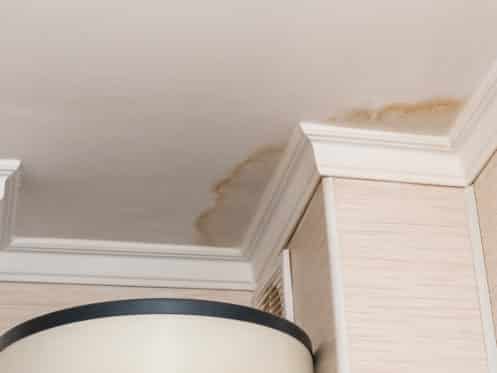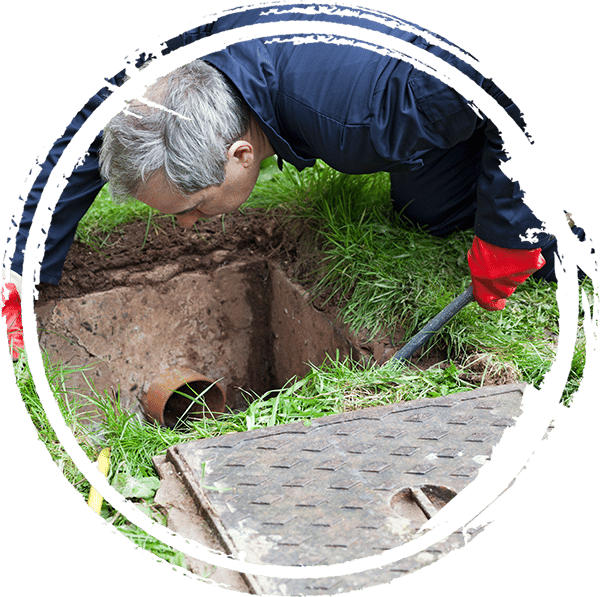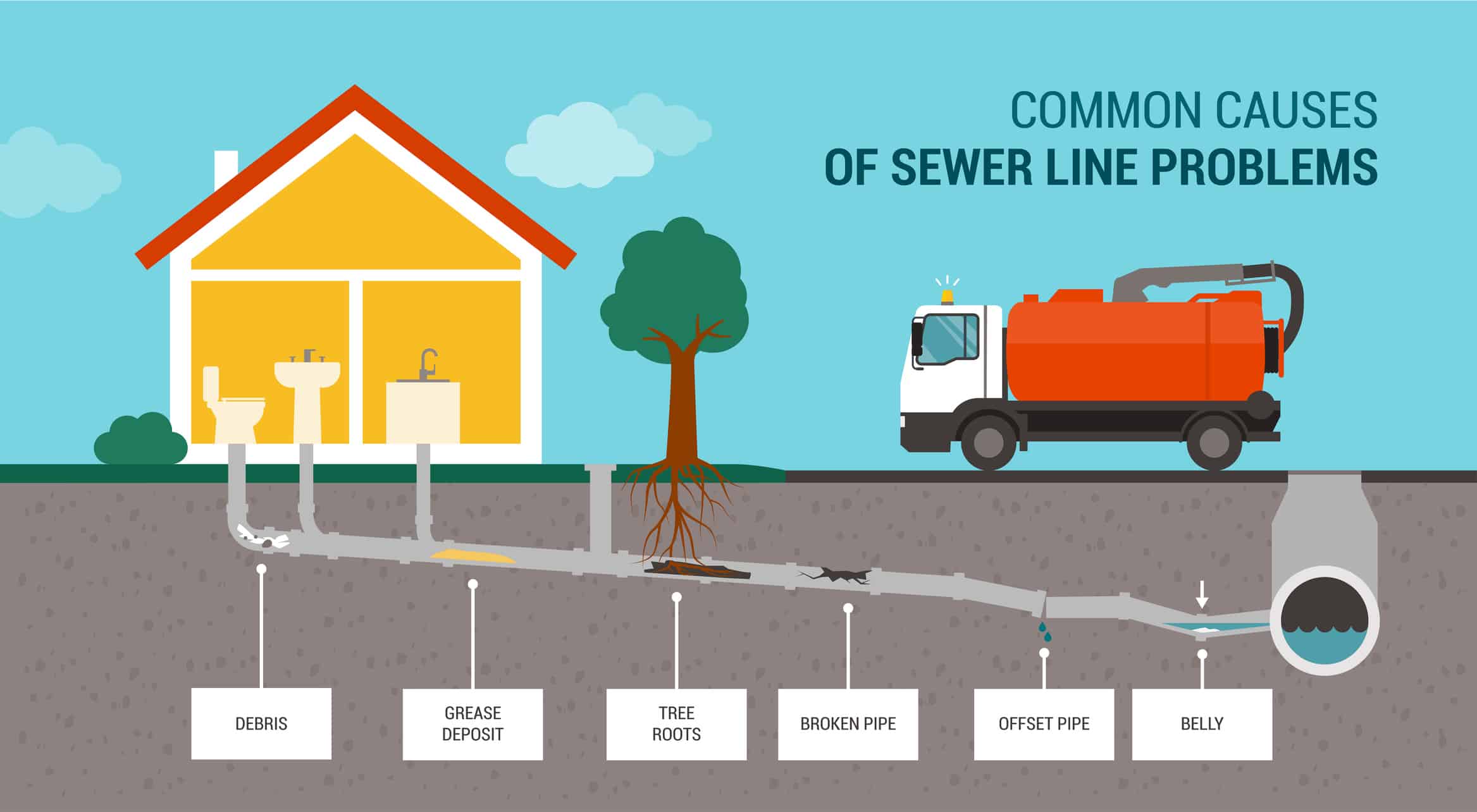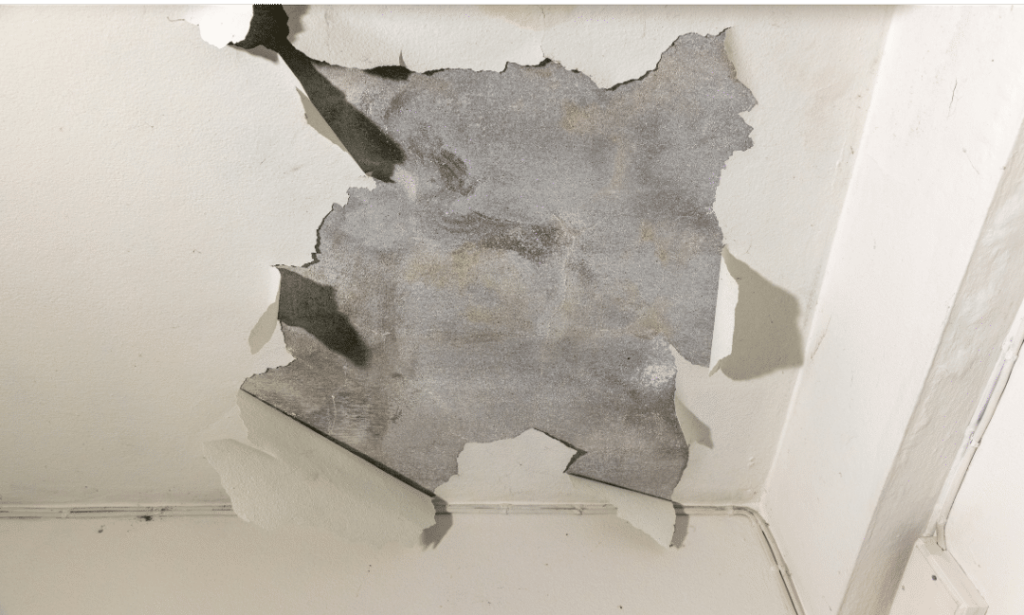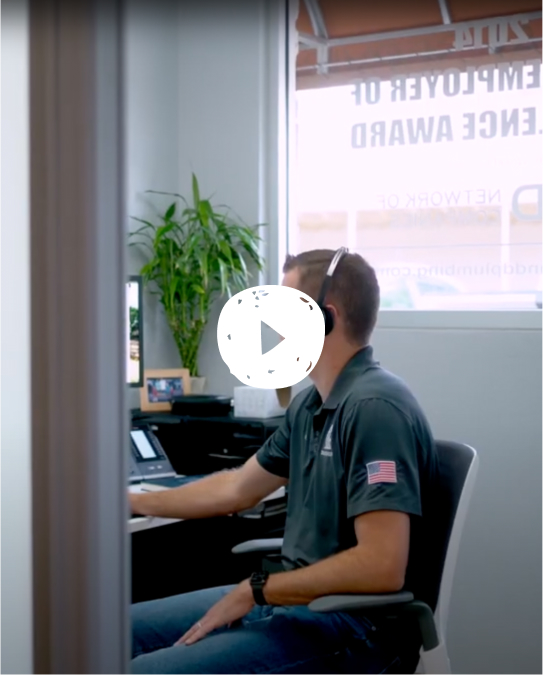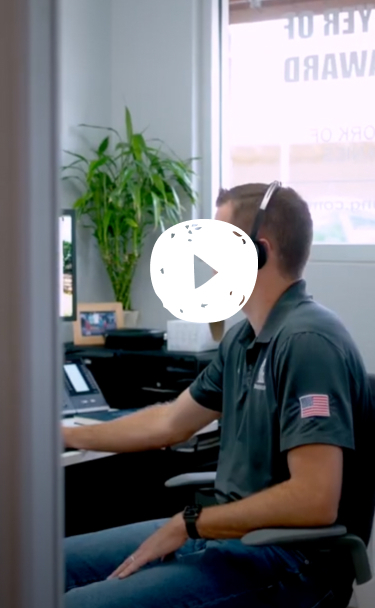8 Ways To Find a Water Leak in Your Plumbing
A leak in your plumbing may appear small, but it can cause significant water damage. If you think there’s a plumbing leak in your home, it’s crucial to locate the source.
Early detection of water leaks can avert potential disasters and save you money. These tips are provided to help you find a leak in your plumbing.
If you suspect your home has a water leak, call S & D Plumbing at 512-595-5341 immediately.
1. Assess Your Water Meter
Checking your water meter is among the best ways to determine if you have a leak. Start by turning off all the water in the home. Observe the water meter and see if it’s moving. If the meter continues to move despite all water faucets being turned off, you have a fast-moving water leak.
You can also wait a few hours and then check the meter again. If you notice a significant change while the water is turned off, you have a slower leak.
2. Monitor Your Water Bill
If your water bill has suddenly risen without you changing your water use habits, you may have a leak. Collect some previous months’ bills and compare them to establish if there’s a continuous increase. You should have a consistent water bill every month.
Some of your water pipes are installed underground, and you may never actually see pools of water if the problem is in an underground location. Have a professional plumber thoroughly inspect all your plumbing pipes to be sure everything is functioning optimally.
3. Use Food Coloring in Toilets
Toilets are probably one of the most common causes of plumbing leaks in homes. Because of their connection to waste pipes and their placement on higher floors, toilets are prone to causing damage through leaks.
To detect a leak in your toilet, add drops of food coloring to the tank above the toilet. Do not flush. Wait a few minutes and closely watch for changes in the toilet water. If the water in the toilet bowl changes color, there’s a water leak between the tank and the toilet bowl.
Inspect the ceiling directly beneath the toilet for staining or wet spots. To confirm the source, it’s a good idea to measure the distance between the toilet and the stain. Water puddles from leaking pipes generally form near the source, which is one way of establishing which pipe is causing the leak.
4. Look for Patches of Greener Grass
We all want a lush lawn. However, if a particular area in your yard grows faster and looks greener than the other parts, it could mean it’s receiving more water.
A leaking underground pipe could be watering that part of the yard, and if there are multiple leaks or if the leaks are big, you may notice some water puddles.
5. Evaluate Exterior Usage
Plumbing leaks occur both inside and outside. Check your exterior faucets by connecting a garden hose, and check if water seeps through the connection as the hose runs. If it does, replace the rubber gasket on the hose and ensure the connection is tight.
Have a professional inspect your irrigation system once a year. An irrigation system with the smallest leak could be wasting gallons of water each month.
6. Check Hidden Pipes
Besides the pipes installed underground, you may have plumbing pipes hidden behind walls, concrete slabs, ceilings, or basements. It’s not always easy to confirm a water leak from a hidden pipe, but it can be done.
Start with the meter test discussed above. After this, check for areas that have rotting wood, mildew, or mold on walls, ceilings, or floors. These are signs of a plumbing leak in hidden pipes.
Another way to inspect leaks from hidden pipes is by checking for heat from an area beneath the surface. The heat is produced when pressurized water hits a surface for a long period at high velocity.
A professional plumbing company can also use modern technology to detect the sounds of water leaking underground.
7. Check Your Large Appliances
Inspect the upper part of your water heater at the point where water goes into and leaves the tank. Heaters often fail at these spots because the tubes going into and out of the tank are susceptible to high pressure. Check for loss of a sufficient seal at the entry point where the lines meet the tank.
Assess the pressure relief valve close to the tank. Older valves may occasionally leak, and they should definitely be replaced when they show wear and tear.
The most likely cause of water heater leaks is the drain valve at the bottom part of the tank. Inspect it for escaping water. If you notice a small drip, you can temporarily fix the leak with a garden hose cap until you can replace the valve. Drain valve replacement is fairly inexpensive and relatively simple.
Other than your water heater, check for leaks in other large home appliances that use water. This includes your washing machine and dishwasher. Inspect the water connections or drains of these devices.
8. Schedule Regular Inspections
Make a habit of regularly inspecting under sinks and in the back of cabinets for signs of foul smells or mold, which would indicate a plumbing leak. Timely intervention can save you thousands in water damage and repairs. Let a professional plumber annually inspect your home for potential problems or leaks.
If your home is over 25 years old, be extra cautious because your plumbing system could be nearing the end of its lifespan. Examine all accessible connections at the water pumps, heaters, washing machine valves, and hoses for discoloration or oxidation. These are distinct signs of a slow leak.
Call a Plumber if You Suspect a Water Leak
If you still can’t locate the leak after checking all the places listed above, it’s time to call for professional help. Your home has a network of water pipes running in ceilings, underneath floors, and behind walls.
If you don’t have a detailed diagram of the plumbing network in your home, you’ll only be guessing at the source of the leak. An experienced plumber like S & D Plumbing can find the source of a water leak in your home and underground.
For expert leak detection in the Austin area, rely on S & D Plumbing. Call 512-595-5341 to request leak detection and repair.



Contact Us Today

 Family-owned & operated is how we roll, Mascots included!
Family-owned & operated is how we roll, Mascots included!
Trust our experts to provide the cost-effective plumbing solutions you need — always backed by a 100% customer satisfaction guarantee!

